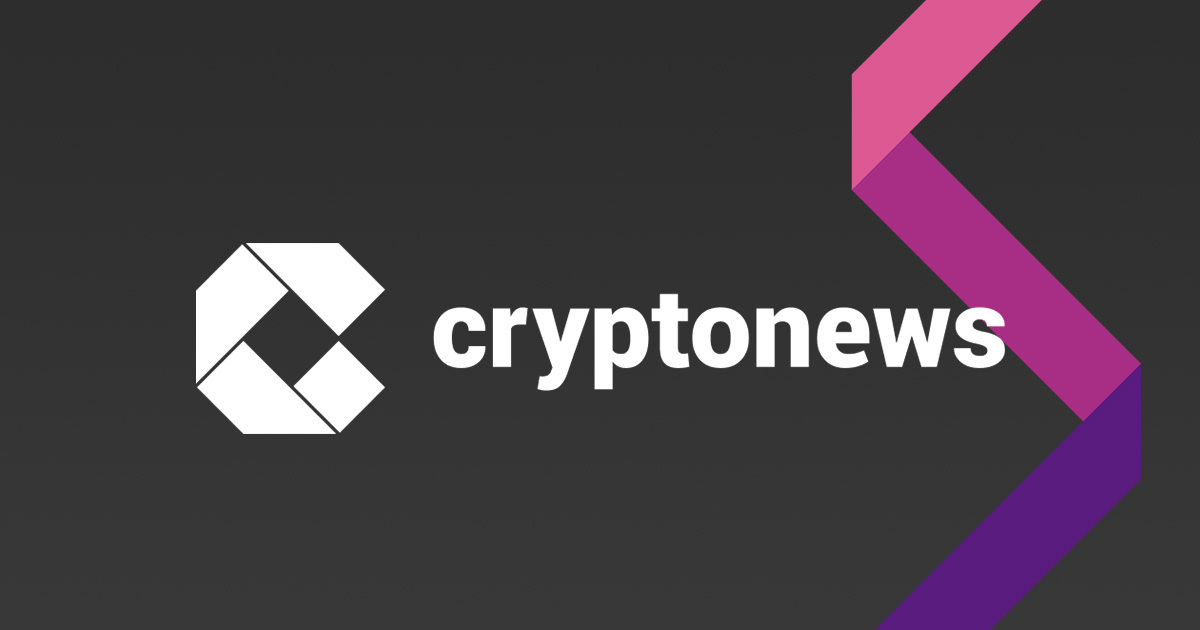EU financial regulators introduce new stablecoin regulation guidelines

Share:
To bolster the regulatory framework surrounding stablecoins, the European Banking Authority (EBA) and the European Securities and Markets Authority (ESMA) have collaborated to introduce new guidelines. The European Union (EU) financial regulators aim to enhance consumer protection and market integrity within cryptocurrency through the Markets in Crypto-Assets (MiCA) regulatory framework.
EU guidelines for complaint resolution
The newly issued Regulatory Technical Standards (RTS) outline protocols for effectively resolving complaints by asset reference token (ART) holders. These guidelines delineate the procedures and standards that stablecoin issuers must adhere to to efficiently manage complaints. The overarching goal of this framework is to foster innovation and fair competition while safeguarding the interests of retail holders and maintaining market integrity.
The development of this regulatory framework for stablecoins stems from extensive collaboration between the EBA and ESMA. Consultations were conducted between July and October 2023 to gather stakeholder insights and feedback.
The finalized framework is slated for submission to the European Commission for approval by the end of June. Following approval, the standards will undergo review by the European Parliament and the European Council before being published in the Official Journal of the European Union.
Under the MiCA regulatory framework, stablecoins linked to multiple fiat currencies or other assets, including cryptocurrencies, are classified as ARTs. This classification distinguishes them from stablecoins solely pegged to the value of a single currency, such as the euro or dollar. The MiCA legislation seeks to establish a comprehensive framework for crypto issuers, service providers, and users, with full implementation anticipated by December.
Ensuring compliance and accountability
One key provision within the MiCA legislation mandates rigorous screening of shareholders and board members for crypto asset service providers (CASPs). These rules aim to authorize CASPs while segregating customer assets and trading activities. The regulations aim to mitigate risks associated with platforms like FTX by preventing the commingling of customer and company funds.
The push for enhanced oversight of stablecoins gained momentum following Terra’s UST collapse, raising concerns about the systemic implications of stablecoin failures. Before the introduction of the MiCA framework, the EU had been actively monitoring stablecoins to assess potential risks and vulnerabilities in the market.
Anticipated implementation timeline
While the stablecoin regulation is slated for launch in the summer, the full implementation of the MiCA legislation is expected by December. The phased rollout of these regulatory measures underscores the EU’s commitment to establishing a robust regulatory framework that balances innovation with consumer protection and market integrity.
The introduction of new stablecoin regulation guidelines by EU financial regulators marks a significant step towards enhancing transparency, accountability, and consumer protection within the cryptocurrency ecosystem. By leveraging collaborative efforts and comprehensive legislative frameworks, the EU aims to foster a regulatory environment conducive to innovation and fair competition while mitigating systemic risks and safeguarding market integrity.
EU financial regulators introduce new stablecoin regulation guidelines

Share:
To bolster the regulatory framework surrounding stablecoins, the European Banking Authority (EBA) and the European Securities and Markets Authority (ESMA) have collaborated to introduce new guidelines. The European Union (EU) financial regulators aim to enhance consumer protection and market integrity within cryptocurrency through the Markets in Crypto-Assets (MiCA) regulatory framework.
EU guidelines for complaint resolution
The newly issued Regulatory Technical Standards (RTS) outline protocols for effectively resolving complaints by asset reference token (ART) holders. These guidelines delineate the procedures and standards that stablecoin issuers must adhere to to efficiently manage complaints. The overarching goal of this framework is to foster innovation and fair competition while safeguarding the interests of retail holders and maintaining market integrity.
The development of this regulatory framework for stablecoins stems from extensive collaboration between the EBA and ESMA. Consultations were conducted between July and October 2023 to gather stakeholder insights and feedback.
The finalized framework is slated for submission to the European Commission for approval by the end of June. Following approval, the standards will undergo review by the European Parliament and the European Council before being published in the Official Journal of the European Union.
Under the MiCA regulatory framework, stablecoins linked to multiple fiat currencies or other assets, including cryptocurrencies, are classified as ARTs. This classification distinguishes them from stablecoins solely pegged to the value of a single currency, such as the euro or dollar. The MiCA legislation seeks to establish a comprehensive framework for crypto issuers, service providers, and users, with full implementation anticipated by December.
Ensuring compliance and accountability
One key provision within the MiCA legislation mandates rigorous screening of shareholders and board members for crypto asset service providers (CASPs). These rules aim to authorize CASPs while segregating customer assets and trading activities. The regulations aim to mitigate risks associated with platforms like FTX by preventing the commingling of customer and company funds.
The push for enhanced oversight of stablecoins gained momentum following Terra’s UST collapse, raising concerns about the systemic implications of stablecoin failures. Before the introduction of the MiCA framework, the EU had been actively monitoring stablecoins to assess potential risks and vulnerabilities in the market.
Anticipated implementation timeline
While the stablecoin regulation is slated for launch in the summer, the full implementation of the MiCA legislation is expected by December. The phased rollout of these regulatory measures underscores the EU’s commitment to establishing a robust regulatory framework that balances innovation with consumer protection and market integrity.
The introduction of new stablecoin regulation guidelines by EU financial regulators marks a significant step towards enhancing transparency, accountability, and consumer protection within the cryptocurrency ecosystem. By leveraging collaborative efforts and comprehensive legislative frameworks, the EU aims to foster a regulatory environment conducive to innovation and fair competition while mitigating systemic risks and safeguarding market integrity.










